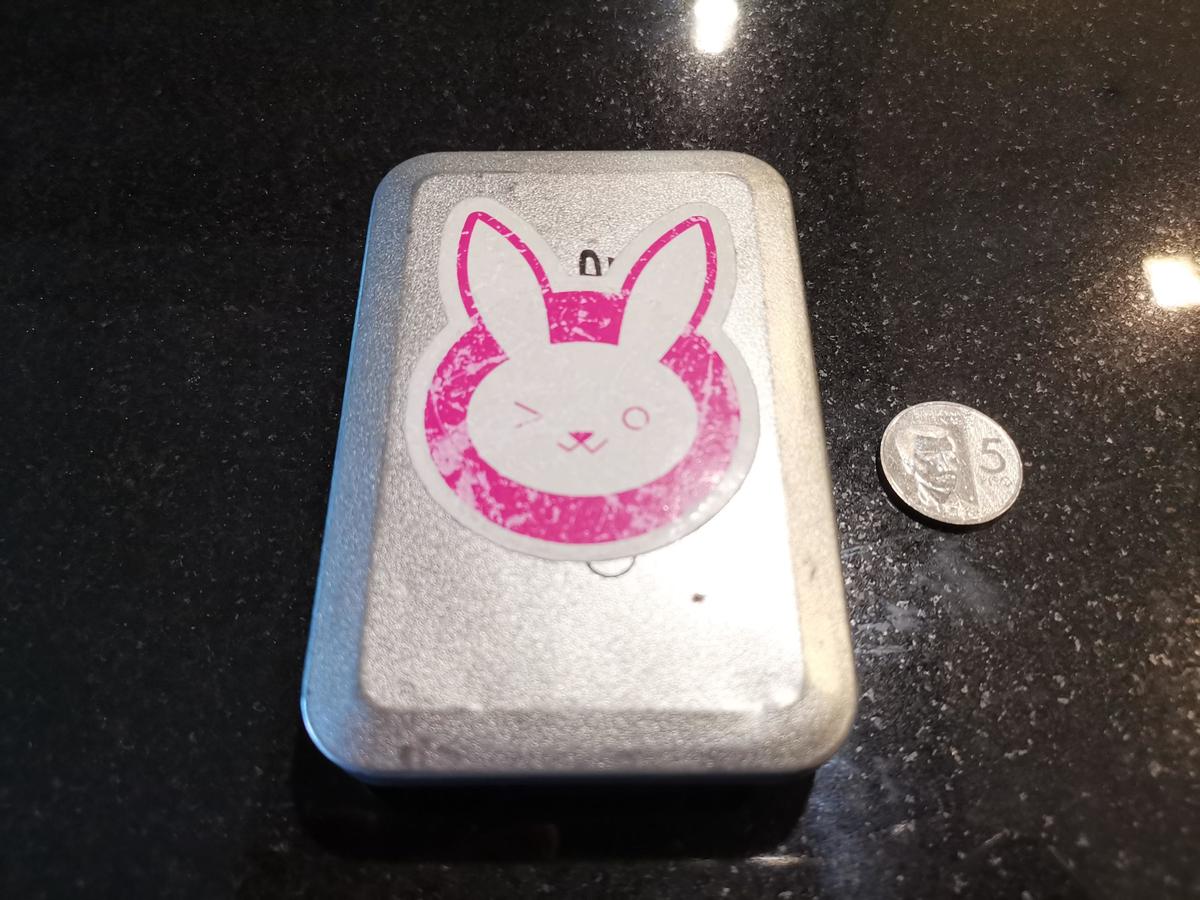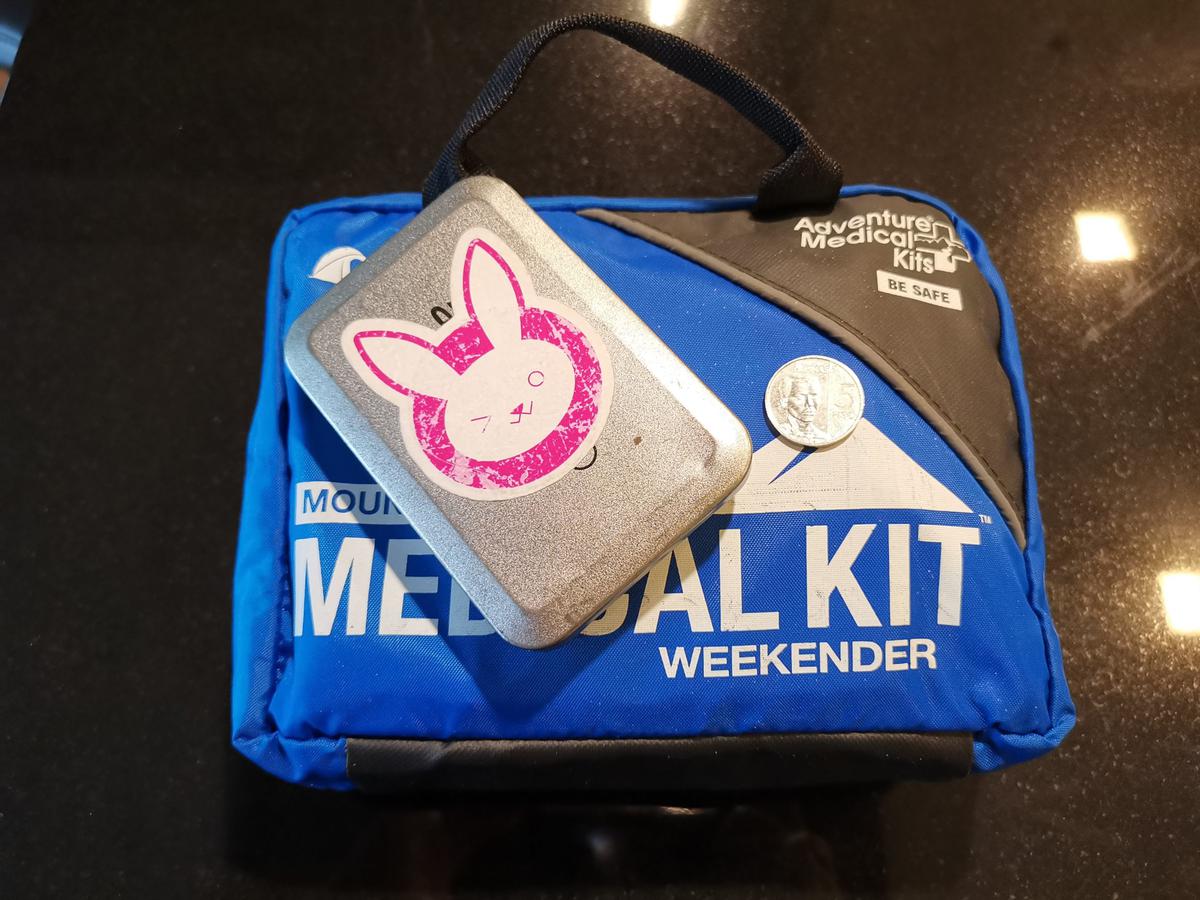Troubling times are upon us, and if like some of us in the community, you’ve been stocking and have your disaster preparedness plan in place, then check your logbook, take note of what you have, and put something on Netflix.
If, however, all you’ve got is a first-aid kit with some band-aids and a dried up bottle of iodine, then maybe take some notes. First off, make sure your food and water situation is in order, statistically, likely not need anything more than that. However, if you want to rest easier and be just a little more prepared, you’re going to want to toss a few more things in there.None of these things are particularly expensive of hard to find, and give you a means to respond to problems, as well as offer a little extra peace of mind.
Maintenance Meds
The first things to put in a better medical kit are your maintenance medicines. If you’re on any, access to these tends to get more difficult in times of crisis, so keep a reasonable amount, at least two weeks’ worth. It doesn’t pay to horde this stuff, because it does expire, and if you do, you will be depriving someone else of it at no additional convenience to yourself. Save your money for more useful things.

Antihistamines
These can help save you from uncomfortable sniffles, or more serious allergic reactions. If you fail to realize there’s something in your food that you’re not supposed to have, these will go a long way in keeping you comfortable and on your feet. We’re not a country with easy access to Epi Pens, so these simple over-the-counter drugs will do great.
Painkillers
While early information is showing that anti-inflammatory drugs aren’t the best for the current COVID outbreak, there is still a place for these (and their kin) in your medical kit. Muscle pain, headaches, and other kinds of discomfort hamper one’s ability to make sound decisions and function at peak performance. If you have a kind of painkiller that works for you, go with that. Paracetamol is also a great option, as it’s easily accessible, generally safe, and also works for fevers. Just make sure to heed dosage warnings, as anything can be harmful in large amounts.
Topical antibiotics
Even outside of emergencies, cuts and scrapes can happen. While they’re not much more than an inconvenience when society is in good running order, they can be a source of dangerous infections in bad conditions. Cheap, easy-to-find, and very handy, a single tube of this will likely outlast its expiration date, so you won’t really need too much. Toss one in there, watch the expiry, and use as necessary.
Antimotility meds
I have completed hikes and workouts with a fever, but there’s no way I can function close to normally with a case of diarrhea. Apart from the discomfort it brings, the runs can seriously deplete your fluids and electrolytes, and in a crisis, this is not something you want to be worried about. Be aware that you usually have to take a loading dose (that’s twice the strength of a regular dose) when you start out, ask your pharmacist to make sure you get enough and use it correctly.
Rehydration salts
If you do get hit with a stomach bug, you’re going to need an effective way to replace your body’s reserves. These usually come in small packets that can be mixed with water, so they take up little room for the purpose they serve.
I like to constantly have enough supplies to last at least two weeks when everything is going ok, and at least twice that when there is an impending crisis. Be aware that you’ll have to scale appropriately given the size of your family, and choose medicines based on individual effectiveness and any known allergies. Another thing you are going want to do is label each one, including their use and proper dosing information in case someone other than you needs to take or administer the medicine. Check the expiration dates every six months, and cycle through them, replacing as necessary.
Remember, we’re not preparing for the end of the world here, we’re just making sure we have enough until things become a little more normal.
